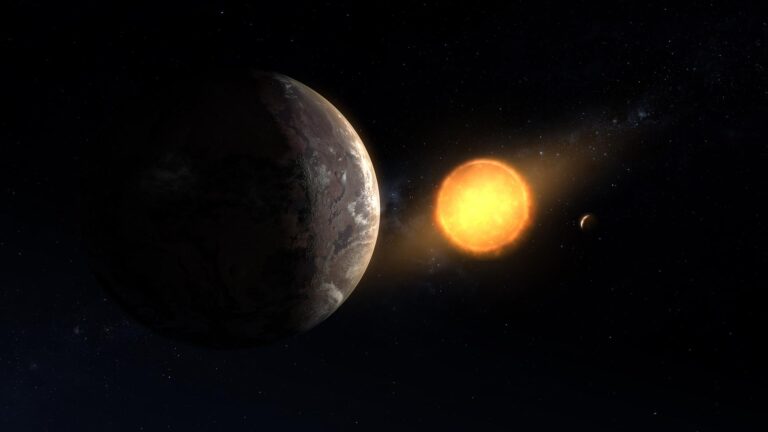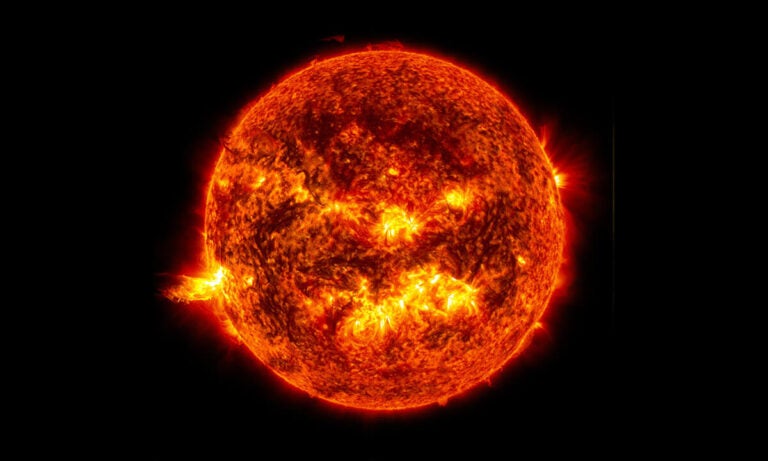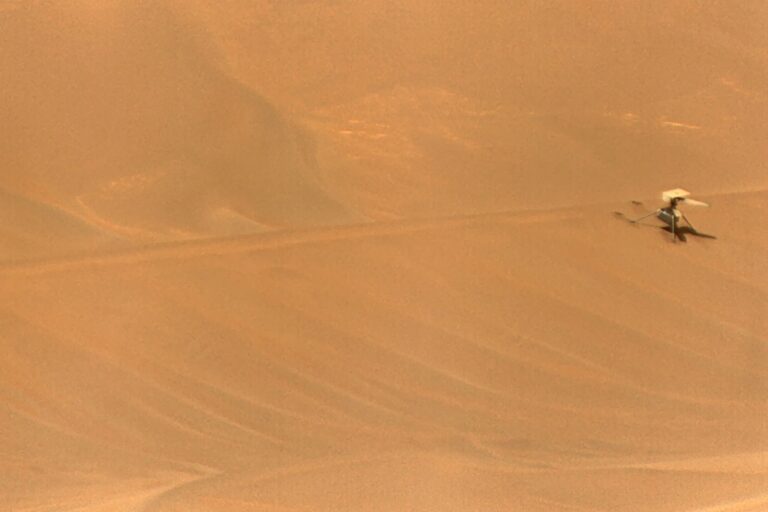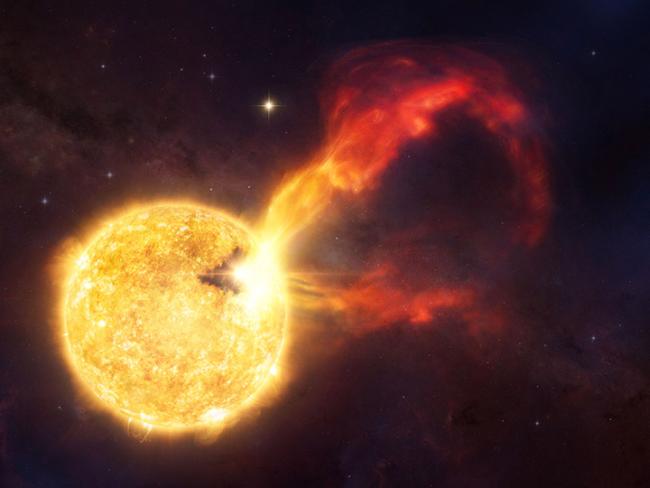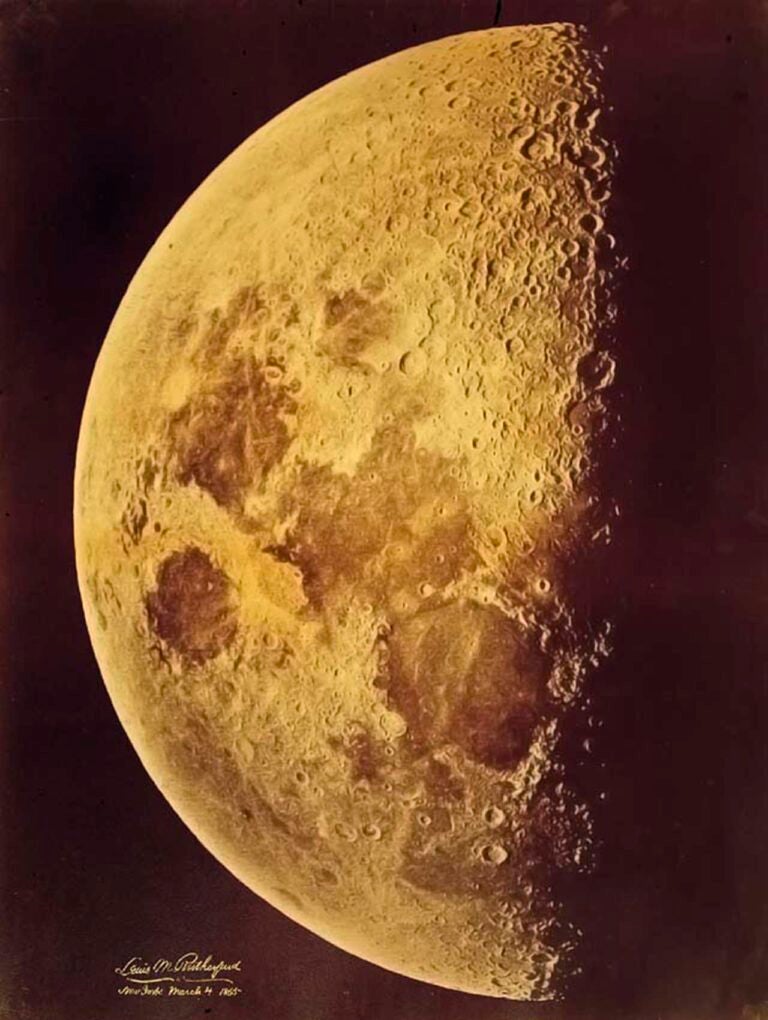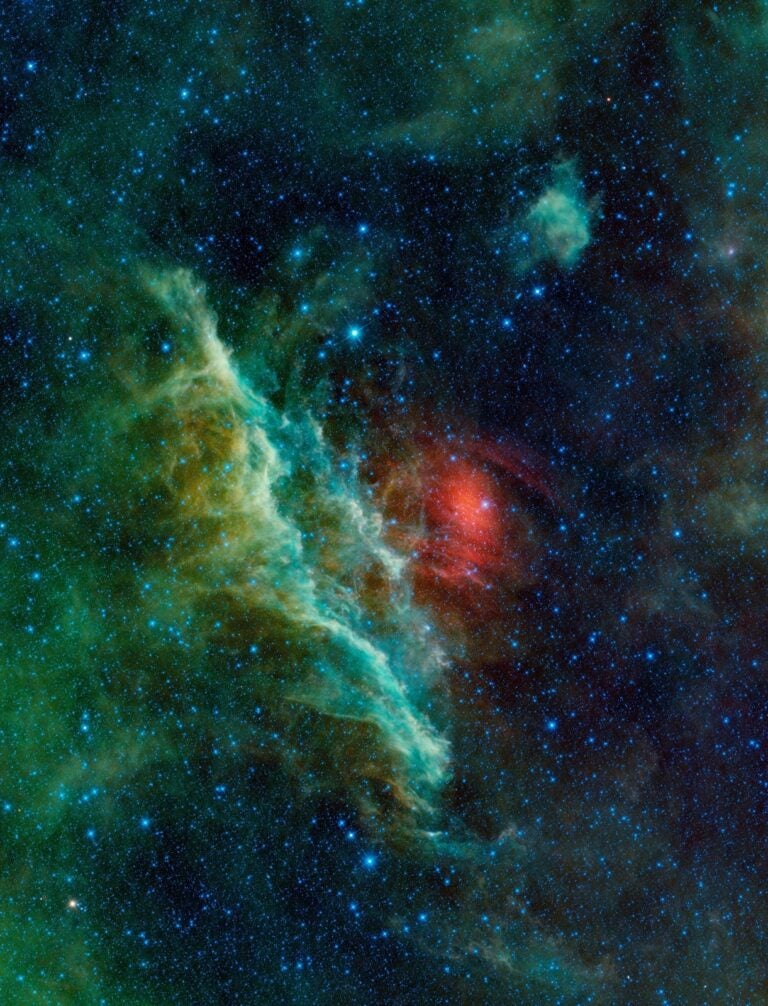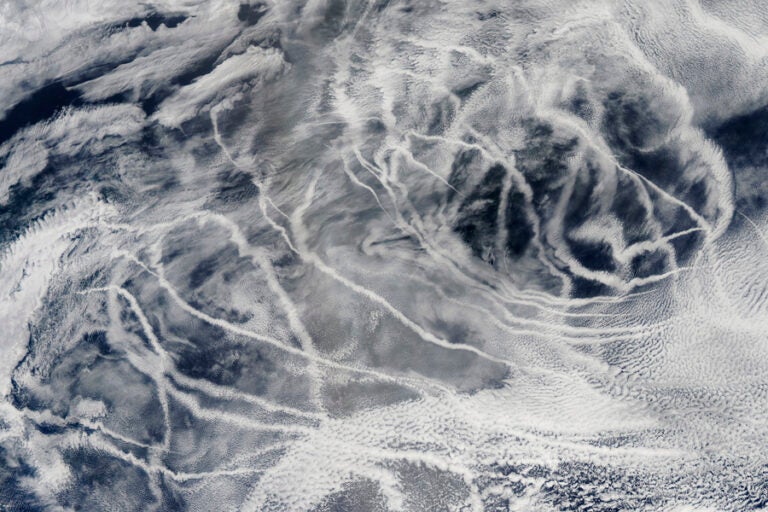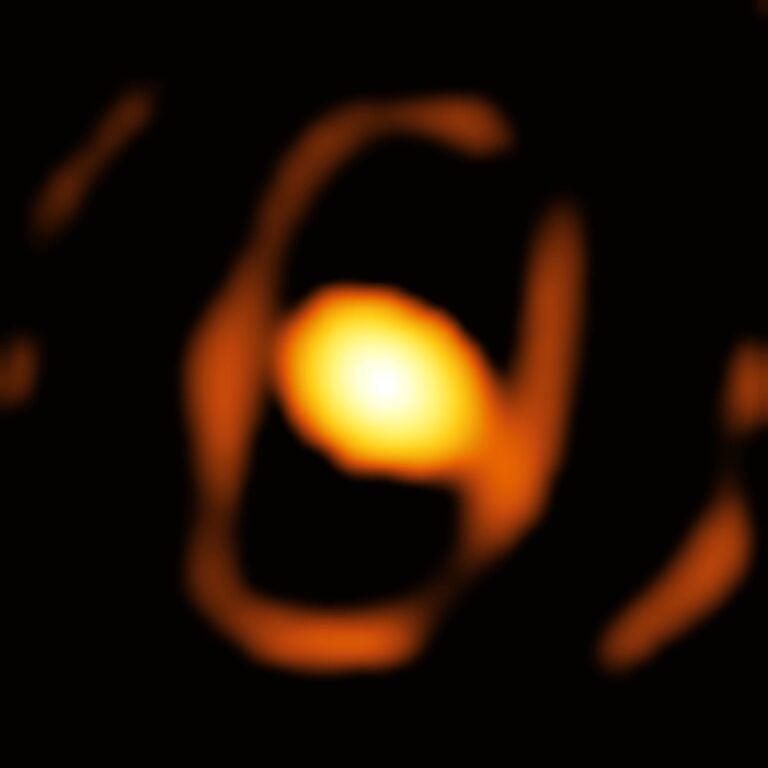There lies an abundance of older stars and less younger stars at the center of the Milky Way, but a new study has found that there are even less juvenile stars than previously thought.
A team of Japanese, South African, and Italian astronomers have found that there is a massive region around the center of the Milky Way that is devoid of young stars. The research was published in the Monthly Notices of the Royal Astronomical Society.
There exist billions of stars in the Milky Way, a spiral galaxy, with the Sun approximately 26,000 light-years from the center in one of its spiral arms. Measuring the distribution of stars within the galaxy is very important in understanding how our galaxy formed and evolved.
Young, pulsating stars called Cepheid Variable stars, or Cepheids for short, are the perfect candidate for this. They are between 10 and 300 million years old, younger than our Sun at 4.6 billion years old, and pulsate in their brightness in a repeating cycle. As this pulsation time is related to its luminosity, astronomers can monitor them to determine their actual brightness; after comparing this with the brightness as seen from Earth, a distance can be determined.
Finding these stars is difficult as the center of the galaxy is full of interstellar dust that obscures the light and hides many stars from view. Using near-infrared observations from the South African Large Telescope (SALT), the team was able to see past the dust; to their surprise they found hardly and Cepheids around a region about 1,000 light-years wide from the core of the galaxy.
“We already found some time ago that there are Cepheids in the central heart of our Milky Way (in a region about 150 light-years in radius),” says Noriyuki Matsunaga, lead author from the University of Tokyo, in a press release. “Now we find that outside this there is a huge Cepheid desert extending out to 8,000 light-years from the centre.”
These findings suggest that the extreme inner disk has virtually no young stars. “Our conclusions are contrary to other recent work, but in line with the work of radio astronomers who see no new stars being born in this desert,” says Michael Feast, a co-author of the study, in a press release.
The results suggest that no significant amount of star formation has occurred in this area for hundreds of millions of years says another co-author, Giuseppe Bono. The chemical makeup and movement of the Cepheid Variable stars are guiding the team in understanding the formation of the galaxy.
Mostly Cepheids have been used to measure distances of objects in far off in the universe, but this new study shows that the same technique can be used in revealing information a lot closer to home.


